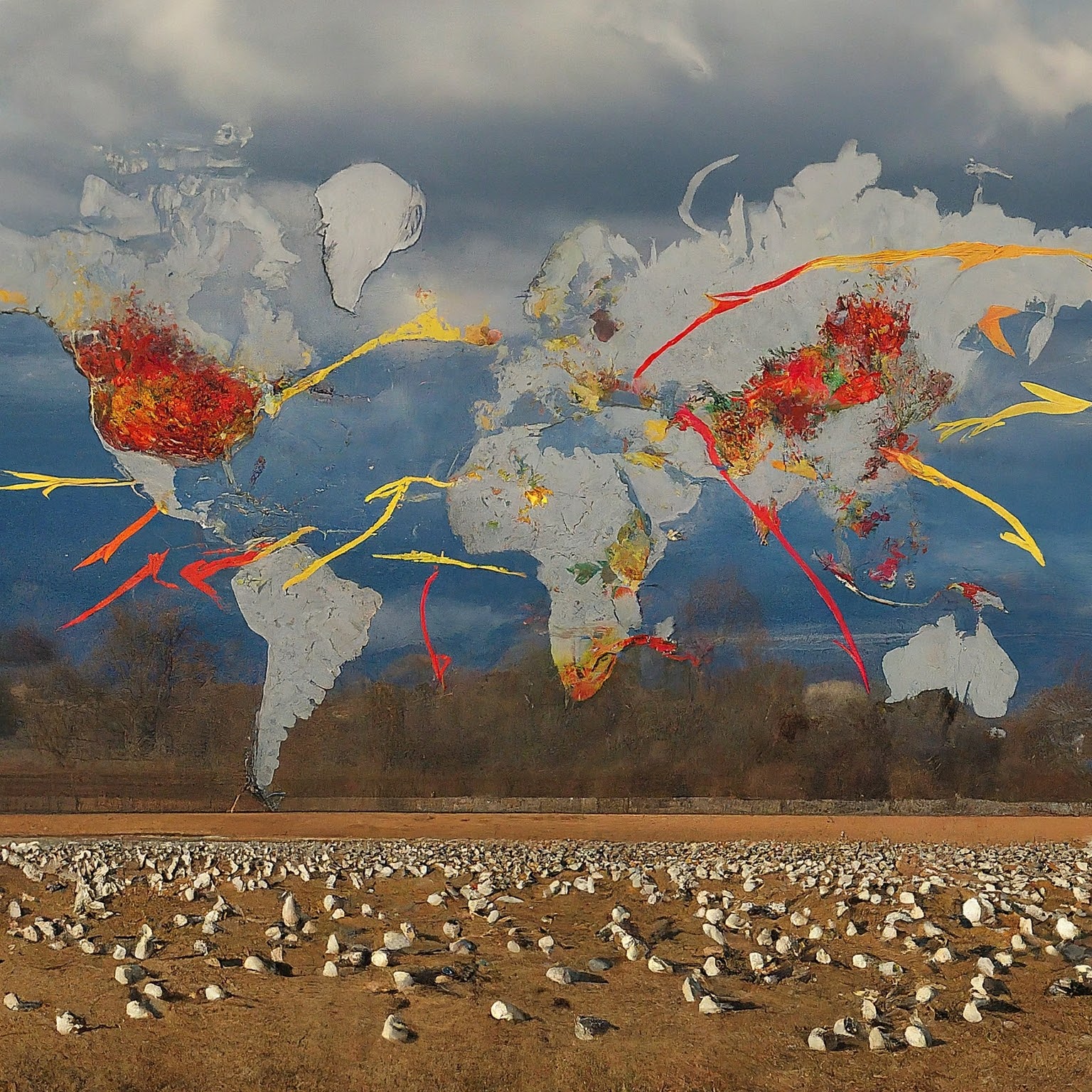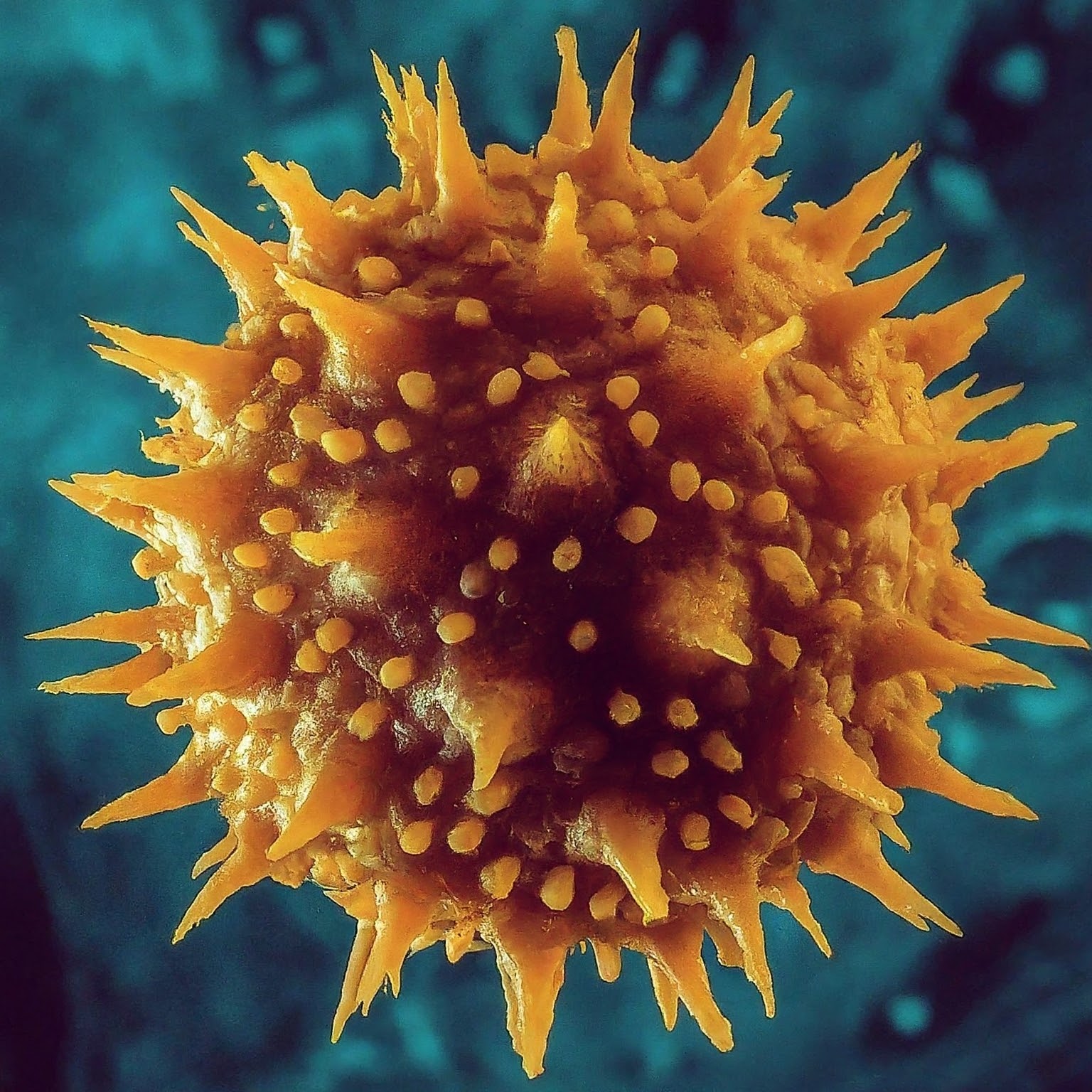Author Introduction
Hi everyone! I’m Dr. Sarah Peterson, a veterinarian with over 15 years of experience working with dairy farms. As news of the bird flu outbreak continues, I know many of you are concerned about its impact on your livelihood. This article aims to provide dairy workers, farmers, and industry professionals with the latest information and practical steps to navigate this challenging situation.
The recent outbreak of Highly Pathogenic Avian Influenza (HPAI), commonly known as bird flu, has sent ripples of concern across the agricultural industry. While primarily affecting poultry, the recent discovery of HPAI in dairy cattle raises new questions for dairy farm management.
Understanding Bird Flu and its Transmission Risk:
| Bird Flu (HPAI) | Transmission Risk to Dairy Cows |
|---|---|
| Highly contagious virus affecting birds | Indirect transmission through contact with infected birds or contaminated environments. |
| Can cause severe illness and death in birds | Not as easily transmissible to mammals like cows, but potential exists. |
Recognizing Signs of Bird Flu in Dairy Cows:
While rare, HPAI infection in cows can manifest through:
- Respiratory issues like coughing or difficulty breathing
- Lethargy and loss of appetite
- Swollen head and neck
- Diarrhea and neurological signs (in severe cases)

Biosecurity Measures to Protect Your Herd:
- Implement strict biosecurity protocols to minimize contact with wild birds.
- Secure feed storage areas and eliminate potential bird access points in barns.
- Regularly disinfect farm equipment and worker clothing.
- Report any unusual bird activity or sick birds to authorities immediately.
Mitigating Risks During Milk Production:
- Pasteurization effectively kills any potential HPAI virus in milk.
- Maintain rigorous milking hygiene protocols and follow recommended sanitation procedures.
- Collaborate with milk processors to ensure proper testing and handling of milk.
Consumer Concerns and Transparency:
- Communicate openly with consumers about the situation and implemented safety measures.
- Emphasize the effectiveness of pasteurization in eliminating viruses.
- Collaborate with industry associations to address consumer concerns effectively.
Resources and Support for Dairy Farmers:
- The U.S. Department of Agriculture (USDA) Animal and Plant Health Inspection Service (APHIS) offers resources and guidance on HPAI prevention and control .
- The Centers for Disease Control and Prevention (CDC) provides information on HPAI in animals and humans .
- Stay updated with advisories from your local veterinary associations and agricultural extension services.
Conclusion
By staying informed, implementing biosecurity measures, and maintaining transparency with consumers, the dairy industry can navigate this challenging situation effectively. Working together, we can ensure the safety of our herds, the quality of our products, and consumer confidence in the dairy industry.
Remember: This article provides general information, and it’s crucial to consult with your veterinarian for specific guidance related to your farm’s needs.




